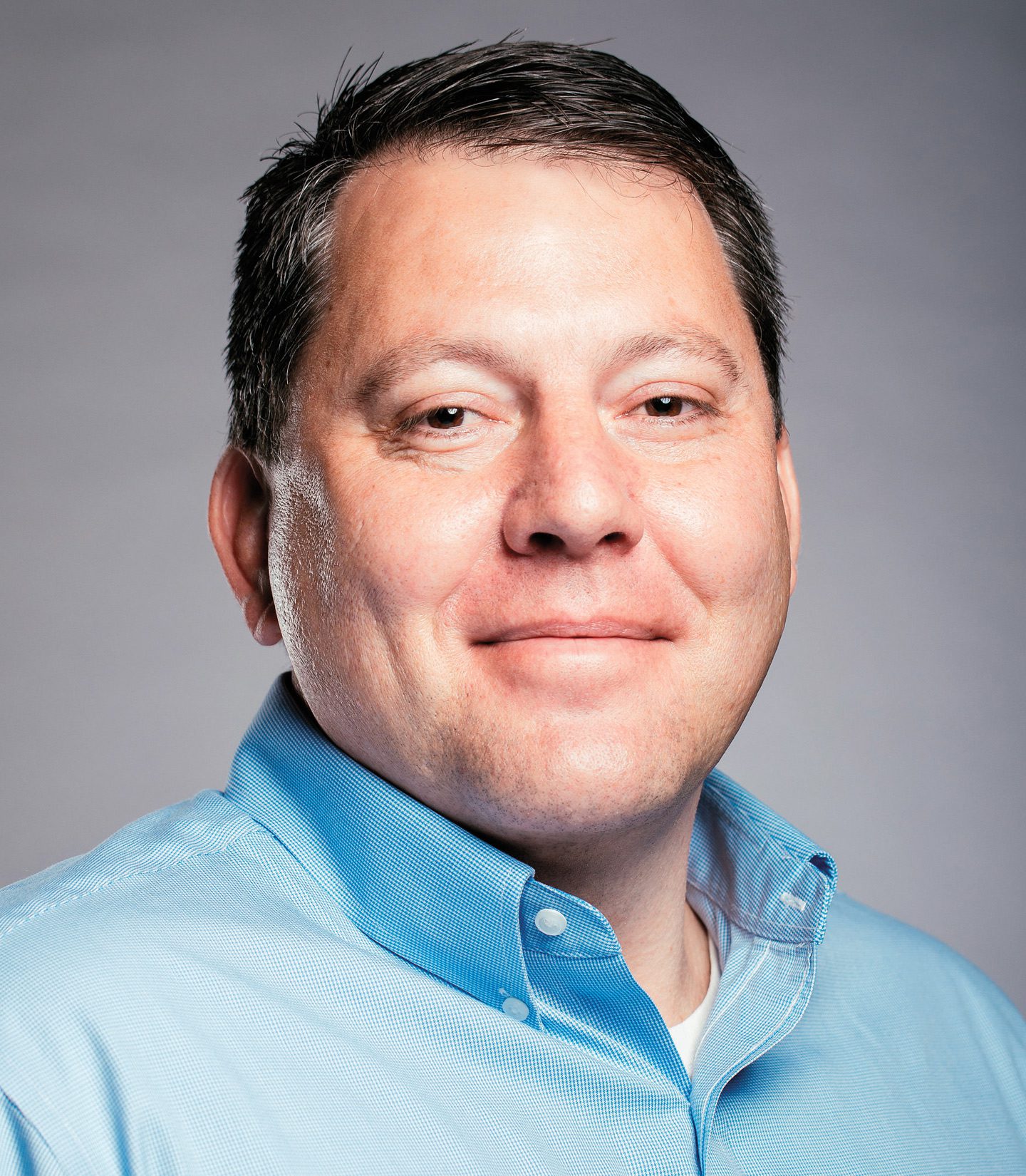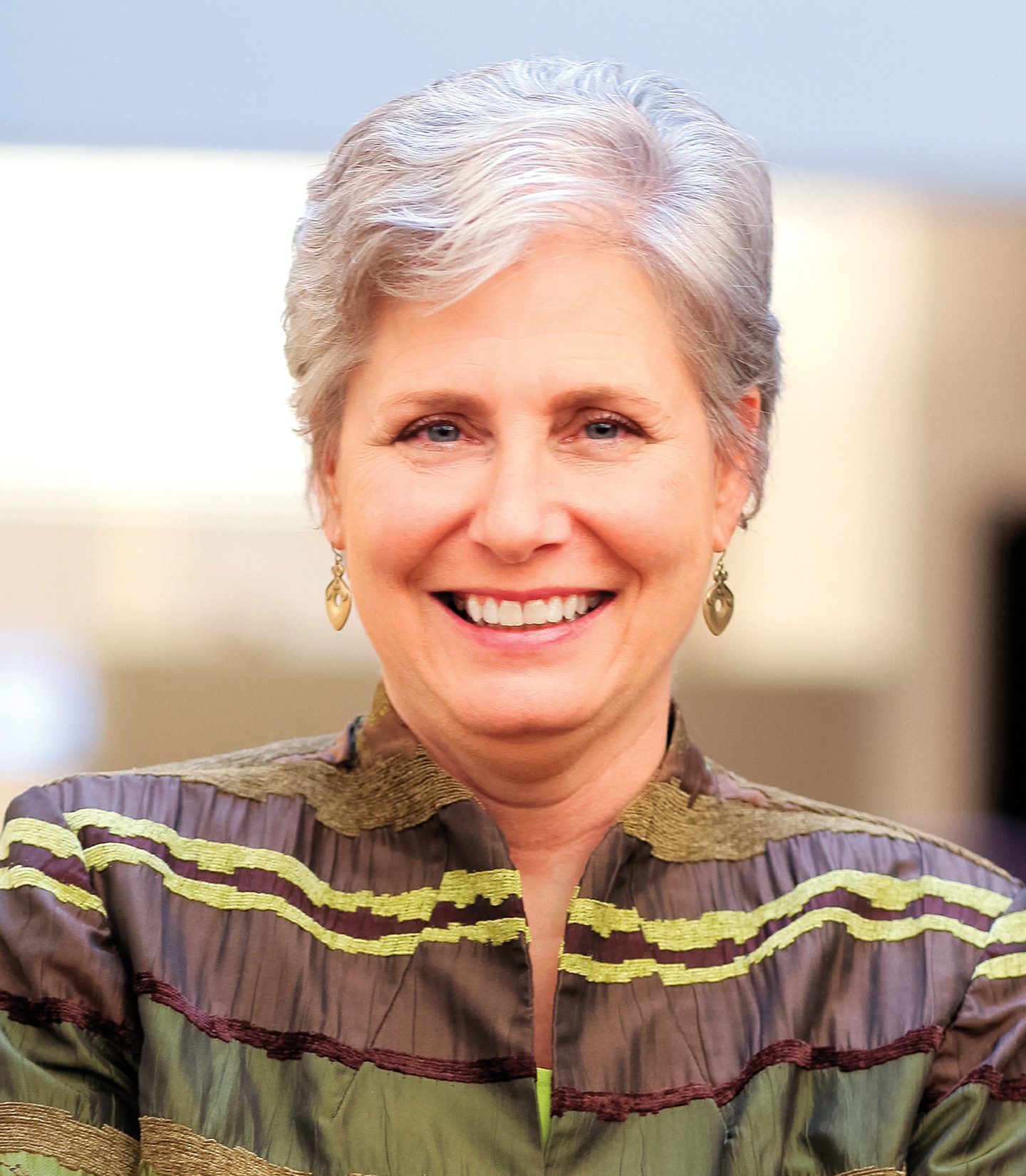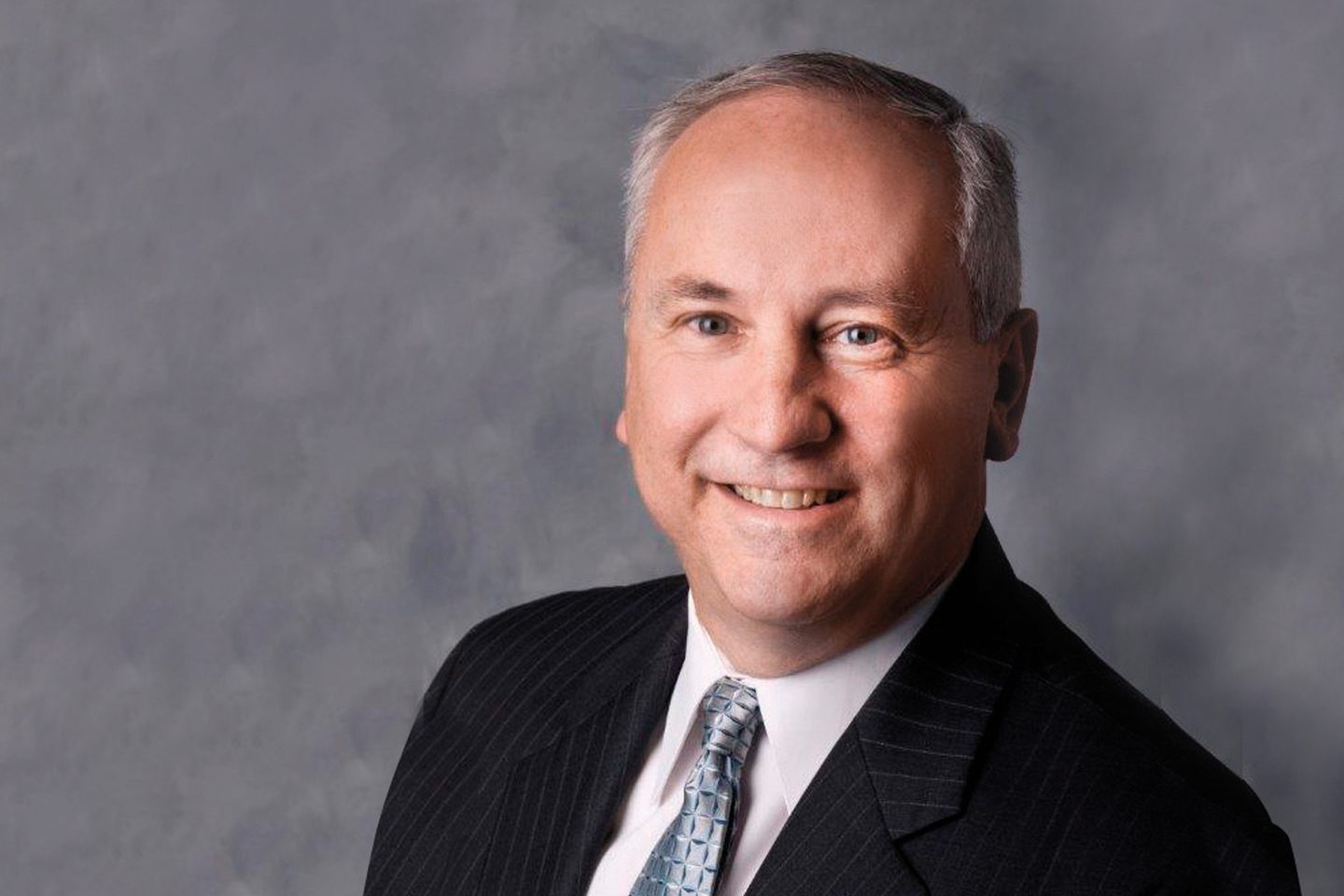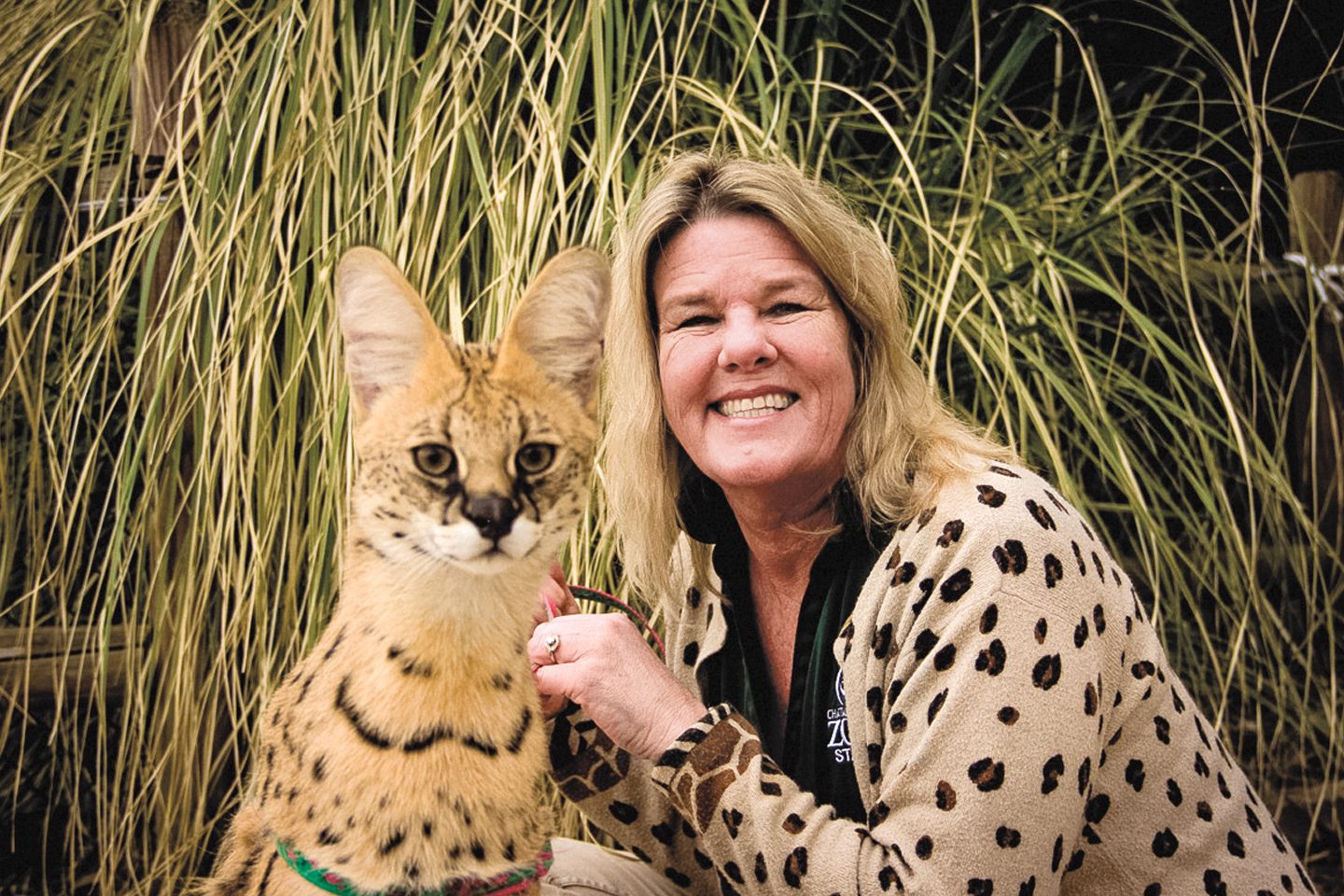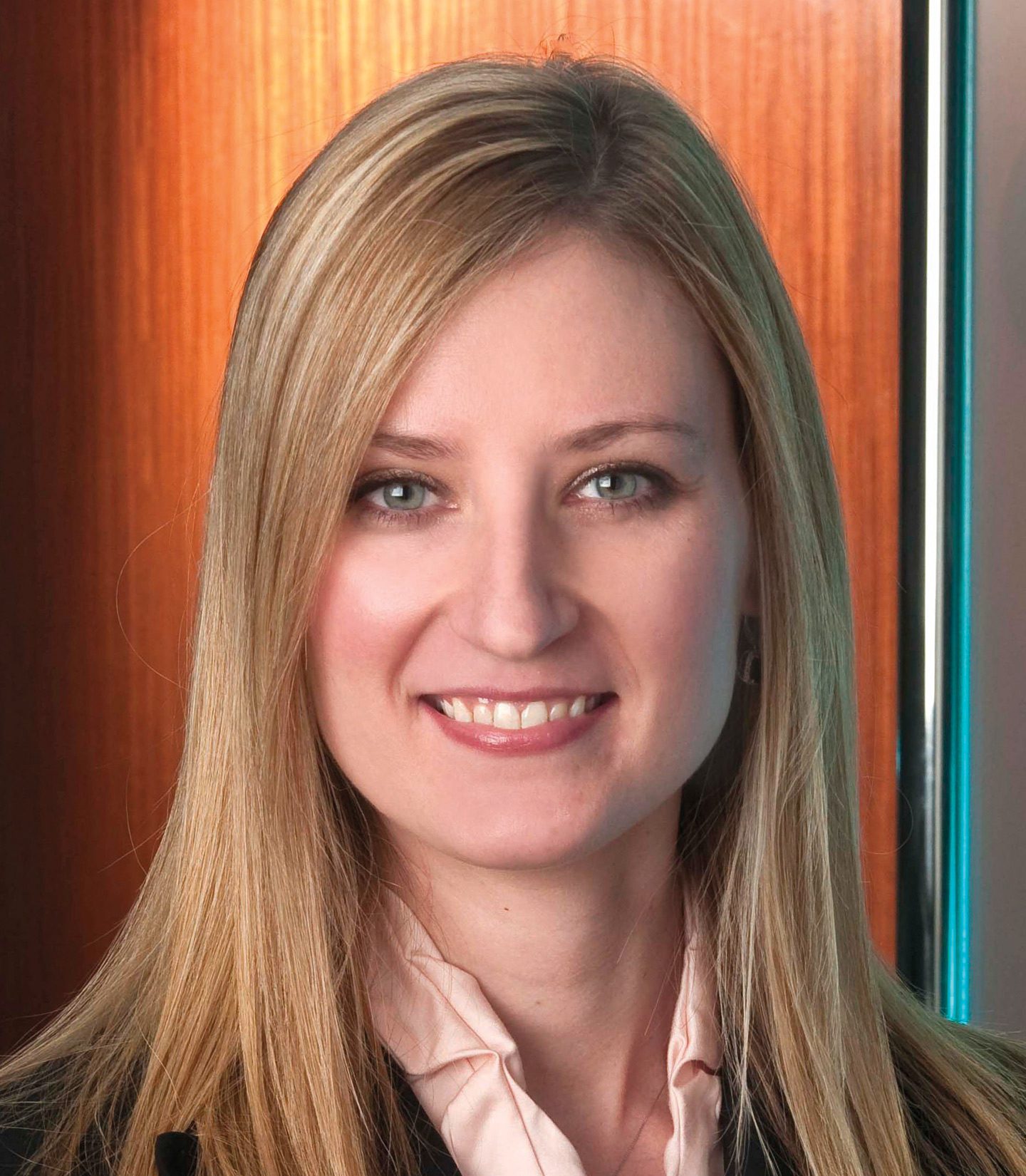“There is nothing like a concrete life plan to weigh you down. Because if you always have one eye on some future goal, you stop paying attention to the job at hand, miss opportunities that might arise, and stay fixedly on one path, even when a better, newer course might have opened up.”
Nimble Long-Term Planning
Planning for Change
General Motors CEO Mary Barra recently said, “We are in the midst of seeing more change in the next five years than we’ve seen in the last 50 years.” According to Yale professor Richard Foster, the average lifetime of a company listed in the S&P 500 has shortened by more than 50 years in the last century: from 67 years in the 1920s to 15 years today. Today’s rate of change “is at a faster pace than ever,” Foster says.
With this rapid rate of change, how do companies plan for the future? Creating long-range strategic plans has long been an essential part of responsible leadership, but in this age, how relevant is the typical five-year business plan? Some leaders have argued that being nimble and adaptable is more important, while others have argued that long-term business planning just needs to be implemented differently, with flexibility in mind. We asked local leaders to weigh in on the discussion and offer their expertise on how to balance long-term planning with the need for constant flexibility.

Andrew McGill
Senior Vice President, Strategic Planning/
Business Development, CHI Memorial
CS When and how do you develop your longer-term plans?
AM We recently adopted a new strategic plan that will be implemented over the next three to five years. The plan will be our guidepost during that time, but we know circumstances will change and technology will evolve. We need to be mindful of what’s happening around us, in our community, and tweak that plan accordingly.
CS How would you describe your approach to changes that may
impact your plan?
AM The challenge is to put the plan into action without getting needlessly distracted, and respond appropriately when changes are needed. You can’t ignore a major community event that impacts your plan, but you need to be smart about staying on track and making adjustments around the edges as needed.
CS How and when do you adjust plans to meet changing market conditions?
AM We continually monitor our progress toward achieving the goals and how we are measuring against the markers we set. We look at what we’ve done and what we need to do to complete the task, then make adjustments along the way.
Duane Horton
Owner & Executive Vice President of GenTech Construction; President of Scenic Land Company, LLC; President of Scenic Land Investments, LLC; and Scenic Land Investments 2017, LLC.
CS How would you describe your planning process for the current
year and longer-term?
DH Our planning process remains consistently flexible from year to year. We frequently have more opportunities than resources available. This requires tremendous agility. Over the years, we have learned to adapt to shifting industrial circumstances, from labor and material costs to consumer and commercial demand. Most importantly, rather than having annual goals for sales or project starts, for example, our planning process is focused on the qualitative value we believe we are adding to the Chattanooga area. This approach allows us to focus first on what resources we have available or may be able to add. We then focus on the best opportunities available that provide the highest and best use of those resources.
CS When and how do you develop your longer-term plans? How far out do you plan?
DH Because of the nature of our work, we must keep one eye on the present and the other on the years to come. Our market tends to go through cycles every five to ten years. While it is impossible to predict the exact time or changes in these cycles, we are often able to be aware of where we are in the cycle and to adjust or make plans as the cycle changes. While the timing of the market cycles can vary, I have yet to experience or read in modern history where the market cycle did not flow in the same order from one phase to the next.
CS How would you describe your approach to changes that may impact your plan?
DH Changes in the plan must be part of the plan. We have developed a culture where all parties are both encouraged to adhere to the plan as much as possible, but they must also react and adjust appropriately. They must accurately share adjustments with all parties involved. This is critical in maintaining a healthy and stable organization. In our organization, stability through flexibility is balanced with dependability and thoughtfulness.
Photo by Lanewood Studio
Katie Espeseth
Vice President of New Products, EPB
CS How would you describe your planning process for the current year and longer-term?
KE I think it’s important to be flexible enough to blend planning processes. My personal style is more directional and detailed, but I start with a vision that includes a clear statement of what success looks like to provide the firm foundation for those creating necessary tactical plans.
CS When and how do you develop your longer-term plans? How far out do you plan?
KE We work as a team to develop our longer-term plans that may cover three, five, or even ten years. Those formal discussions take place at least annually, but are revisited often if there are shifts in market conditions. Senior leadership meets weekly for discussions that often include adjustments to plans as a result of a changing market environment.
CS When do you review progress against your operating plan and longer-term plans?
KE We formally evaluate our progress against our plans at least twice annually. Our business runs on constantly changing data, so we’re continually evaluating not only our performance, but also market conditions, in some cases on a daily basis.
CS How would you describe your approach to changes that may impact your plan?
KE I think steady progress is a worthy approach, but we always want to guard against becoming complacent and misreading market signals. Technology is changing so rapidly, we always have to be flexible and willing to adjust our plans.
Terry Hart
CEO, Chattanooga Metropolitan Airport
CS How would you describe your planning process?
TH We do both annual and long-term planning. The annual planning is framed around the year-to-year budget and includes projected growth, infrastructure improvements and expansions, and new air service recruitment.
CS When and how do you develop your longer-term plans? How far out do you plan?
TH As far as long-term planning, we are required by the FAA to update our master plan every 10 years which is a process we are going through this year.
CS Who is involved in your long-term planning?
TH We use a process to short list and select a master planning consultant. We also involve our architect and engineering firm, marketing communications, our board of directors, staff, elected officials, and public at large. It is a very detailed community-wide participatory process.
CS How often do you review progress against your operating plan and longer-term plans?
TH We are constantly reviewing and adjusting the operations of the airport based on planned growth and some unforeseen scenarios that are normal in an ever-changing industry like ours.
CS How do you adjust plans to meet changing market conditions?
TH We can move very quickly when we have to. For example, we may have to plan accordingly if we are in the process of securing new air service, but our staff is small, making it easy to communicate adjustments throughout the organization.
Darde Long
President & CEO, Chattanooga Zoo
CS How would you describe your planning process?
DL Planning at the Zoo is a team project and an ongoing one. We typically work with outside consultants for five-year plans, and we create both a business plan and a facilities plan. The business plan is more detailed and numerical, while the facilities plan is for future physical developments and is more visionary. We also do an Institutional Collection Plan, which helps determine what species we want to hold in our living collection.
CS When and how do you develop your longer-term plans?
DL Overall plans are completed with the assistance of consultants and typically span five years. Internal planning for departments is done annually and includes the budgeting process.
CS Who is involved in your planning process?
DL Members of the Zoo Leadership Team, and we usually work with firms or individuals that specialize in zoo planning.
CS How would you describe your approach to changes that may impact your plan?
DL I would say our approach to changes in the plans we make is dynamic. Animals may or may not be available when we want them, weather is a huge factor in our revenue production, and fundraising is always a determining factor.
Photo by Stephanie Whiting
Katie Reinsmidt
Chief Investment Officer, CBL Properties
CS How would you describe your planning process?
KR One of life’s certainties is that things will never go according to plan. Despite this inevitability, long-term strategic planning remains a critical control for any successful business. While it is important to also maintain flexibility, it’s imperative to keep broader goals in focus so decisions are not reactionary or short-sighted.
CS When and how do you develop your longer-term plans? How far out do you plan?
KR We start the year reflecting on the previous year’s successes, failures, and lessons learned and discuss opportunities and challenges that we see ahead. Our strategic business plans focus on our aspirational vision for the future state of the organization and then break down to smaller, achievable guideposts for the near-term.
CS What types of information or experts do you consult?
KR We’ve used discussion facilitators, strategic consultants, and speakers from other industries to help inspire free thinking and foster new ideas.
CS When do you review progress against your operating plan and longer-term plans?
KR Our broader strategic goals are always in mind and we use our short-term goals as benchmarks to measure progress or determine if changes are needed along the way.
CS How and when do you adjust plans to meet changing market conditions? How is this done and how is it communicated to others in your organization?
KR Business can evolve quickly. While an ideal world would provide the time and resources to research and thoroughly plan out every contingency, the reality is that it is important to be flexible and realize you can’t plan for everything. We have multiple formal communication methods such as staff meetings, town halls, and emails as well as less formal channels including our internal social media platform.






